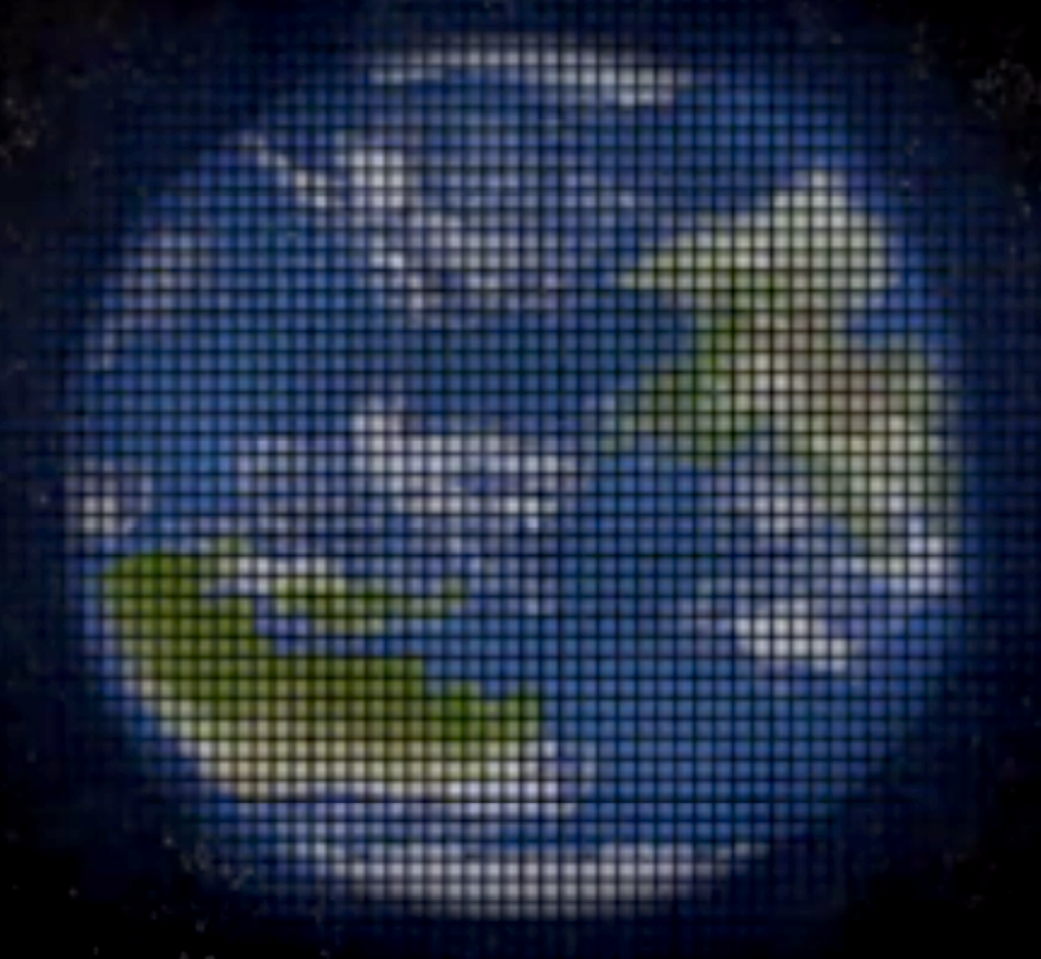The Sun as a lens: A new method for taking high-resolution photographs of exoplanets
The universe is damn large and, in comparison, everything that exists inside it is extremely small. Sometimes, astronomers are lucky and get some help in their observations of, for example, an individual star in a far-away galaxy: help delivered by the gravity of other massive objects, which refract and amplify the light of even-more distant objects like a lens. The effect is called a gravitational lens.
This effect, however, has one big disadvantage: we can’t intentionally create a gravitational lens for any object we want. To be able to use this effect to view a certain object, there must already be a massive object in our direct line of sight. And with the enormous distances in the universe, that is extremely unlikely, unfortunately.
What to do? We do already have one massive object in our Solar System – the Sun. We can’t move the Sun around, of course, but we can change the line of sight we use for observations by placing a telescope not on the Earth, but instead on a spaceship. We could then send the spaceship to a position where the effect of a solar gravitational lens would be visible. And voilà, we get a high-resolution image of an unbelievably far-distant object.
Slava Turyshev from the Jet Propulsion Laboratory in Pasadena wants to use this idea to photograph exoplanets with such a high resolution that even continents would be visible. And to do it, NASA has now granted him two million dollars as part of its NIAC (NASA Innovative Advanced Concepts) financing program. This makes Turyshev’s project the most advanced of all NIAC projects. Toryshev wants to place a meter-class telescope at a distance of 547.6 astronomical units from the Sun (1 astronomical unit is the distance from Earth to the Sun). It would consist of several small satellites that would be propelled by light sails (solar sails) to this enormous distance. The solar sails, each at a size of 16 thousand square meters, should accelerate the satellites to 150 kilometers per second. Now in Phase III of its development, the project should be addressing its last obstacles in order to make it actually realizable.
It’s worthwhile to check out the other NIAC-funded projects too. Some of them seem to have been lifted straight from the pages of a sci-fi novel.
